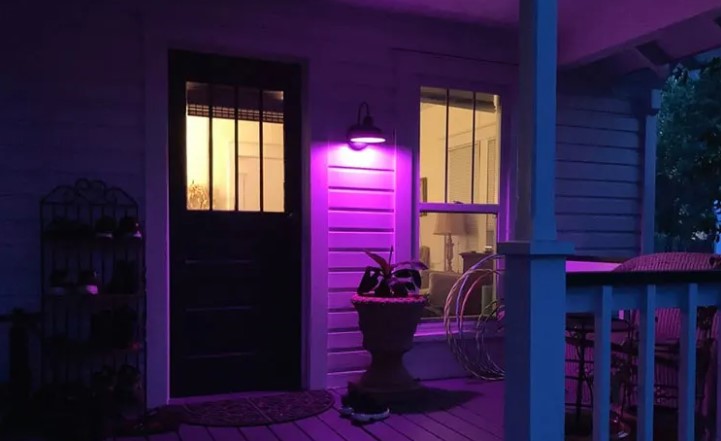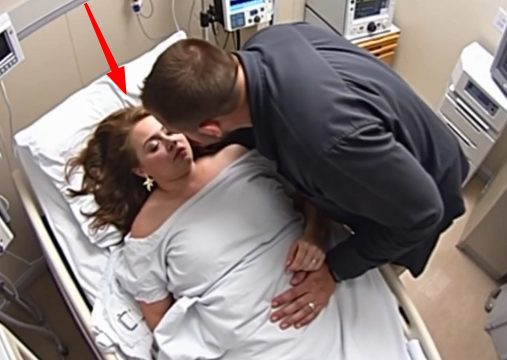When you see a purple porch light shining in the night, it’s more than just a decorative touch—it’s a deeply meaningful symbol of solidarity and support for survivors of domestic violence. This seemingly small choice of color carries a powerful message, one that reaches beyond aesthetics and directly into the realm of compassion, awareness, and social responsibility.

Domestic violence is a widespread issue that affects people from every walk of life, regardless of age, race, gender, or socioeconomic status. It’s not limited to physical harm; it includes emotional manipulation, financial control, psychological intimidation, and even social isolation. What makes it especially devastating is that so many victims endure this trauma in silence, often too afraid or ashamed to speak up. That’s why the purple porch light matters—it offers a subtle yet powerful signal that says, “You are not alone. This is a place of safety and support.” The choice of the color purple is not random. Purple has long been associated with courage, survival, and honor. It represents the strength and resilience of those who have endured abuse and found the inner fortitude to seek help or simply survive another day. It honors their struggle and acknowledges the bravery it takes to face such darkness.
By shining this light, homeowners are essentially placing a glowing emblem of empathy right at their doorstep. The impact of a purple light goes far beyond the property it illuminates. It starts conversations among neighbors, raises awareness in the community, and encourages others to learn more about domestic violence and how to support those affected. In neighborhoods where this message might be unfamiliar, a purple porch light can become the beginning of education and empathy. People begin asking questions, looking up its meaning, and discussing what it represents. In this way, a single light can ignite a broader awareness. However, while the purple light is a meaningful gesture, it’s only the first step toward making a real difference.
True support for survivors involves action. It means sharing vital resources, like the number for a domestic violence hotline or local shelter. It means being a safe person to confide in—someone who listens without judgment and offers help without conditions. Supporting survivors also means advocating for stronger protections, better access to mental health care, and programs that help victims rebuild their lives. Prevention is just as critical as support. We must address the root causes of domestic violence by challenging toxic cultural norms, teaching the importance of mutual respect in relationships, and ensuring that abusive behavior is never normalized or overlooked.
Educating young people about healthy communication, boundaries, and consent plays a big role in breaking the cycle of abuse before it ever begins. It’s also essential to hold abusers accountable through legal means, social consequences, and rehabilitation efforts that aim to prevent future harm. In the end, a purple porch light is more than just a glow in the night—it’s a beacon of hope. It tells survivors that someone sees them, believes them, and stands with them. It tells the community that silence and stigma have no place here, and that awareness is the first step toward change. Even though the light itself may be small, the message it carries is mighty. When many homes light up with purple, it creates a powerful visual statement that says, together, we care. Together, we are paying attention. Together, we can create a world where abuse has no safe harbor and where healing can begin. So if you’re thinking of changing your porch light, consider going purple—not just to support survivors, but to help create a world where one day, such symbols won’t be necessary because the violence will have ended. Until that day comes, let every purple light shine brightly as a reminder that awareness saves lives and compassion builds safer communities.





